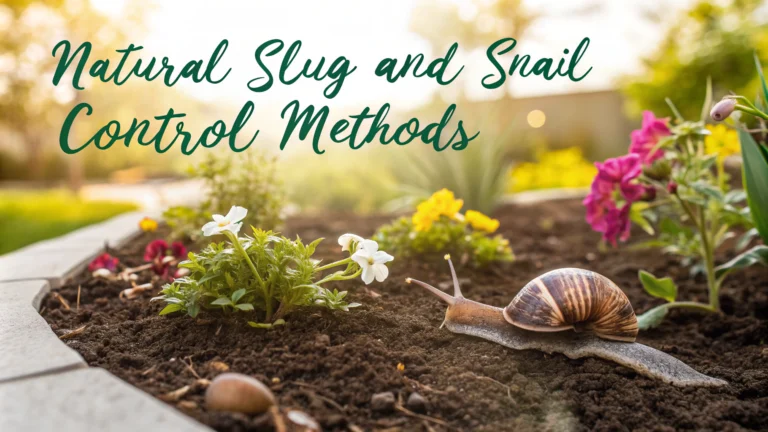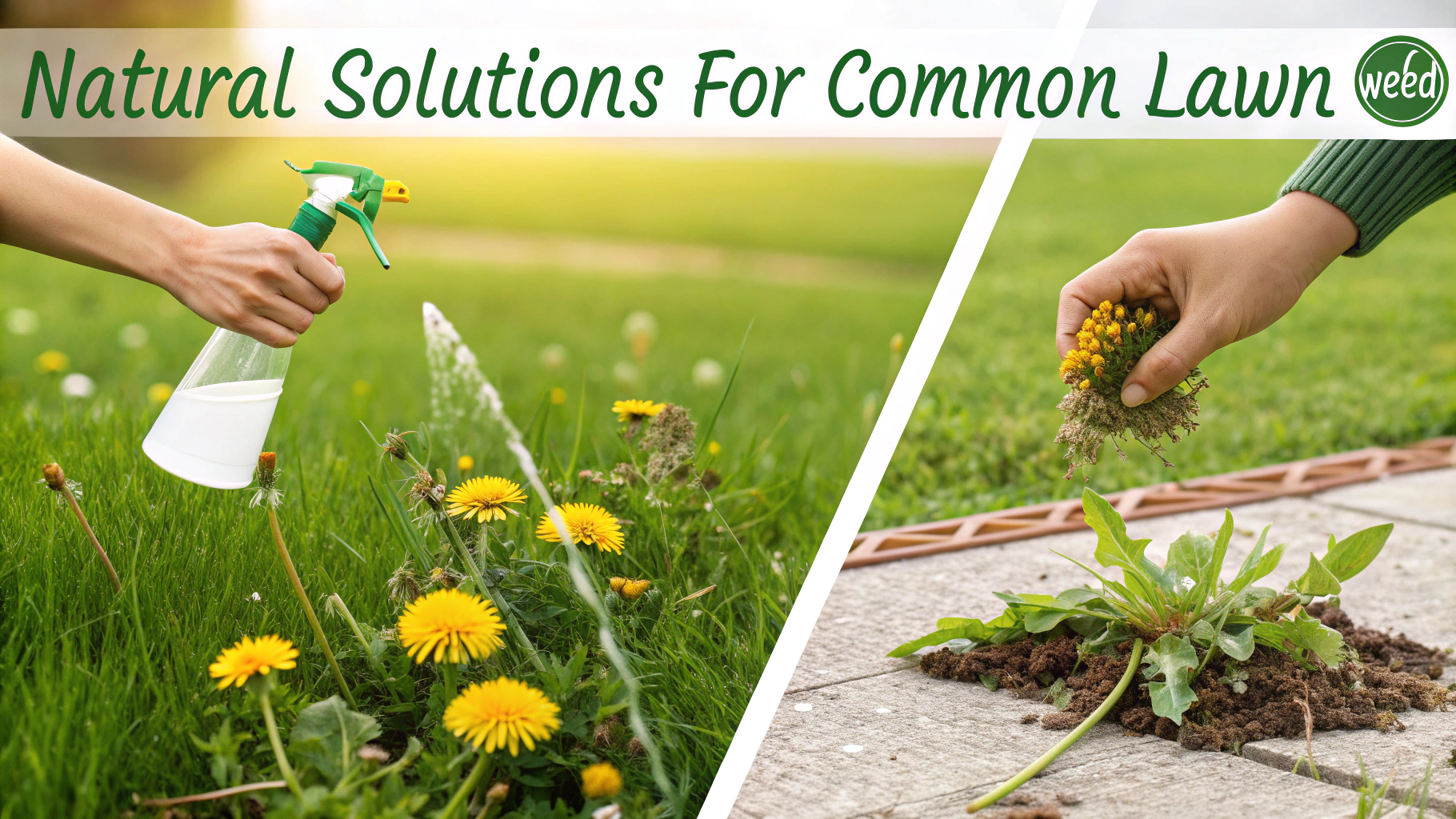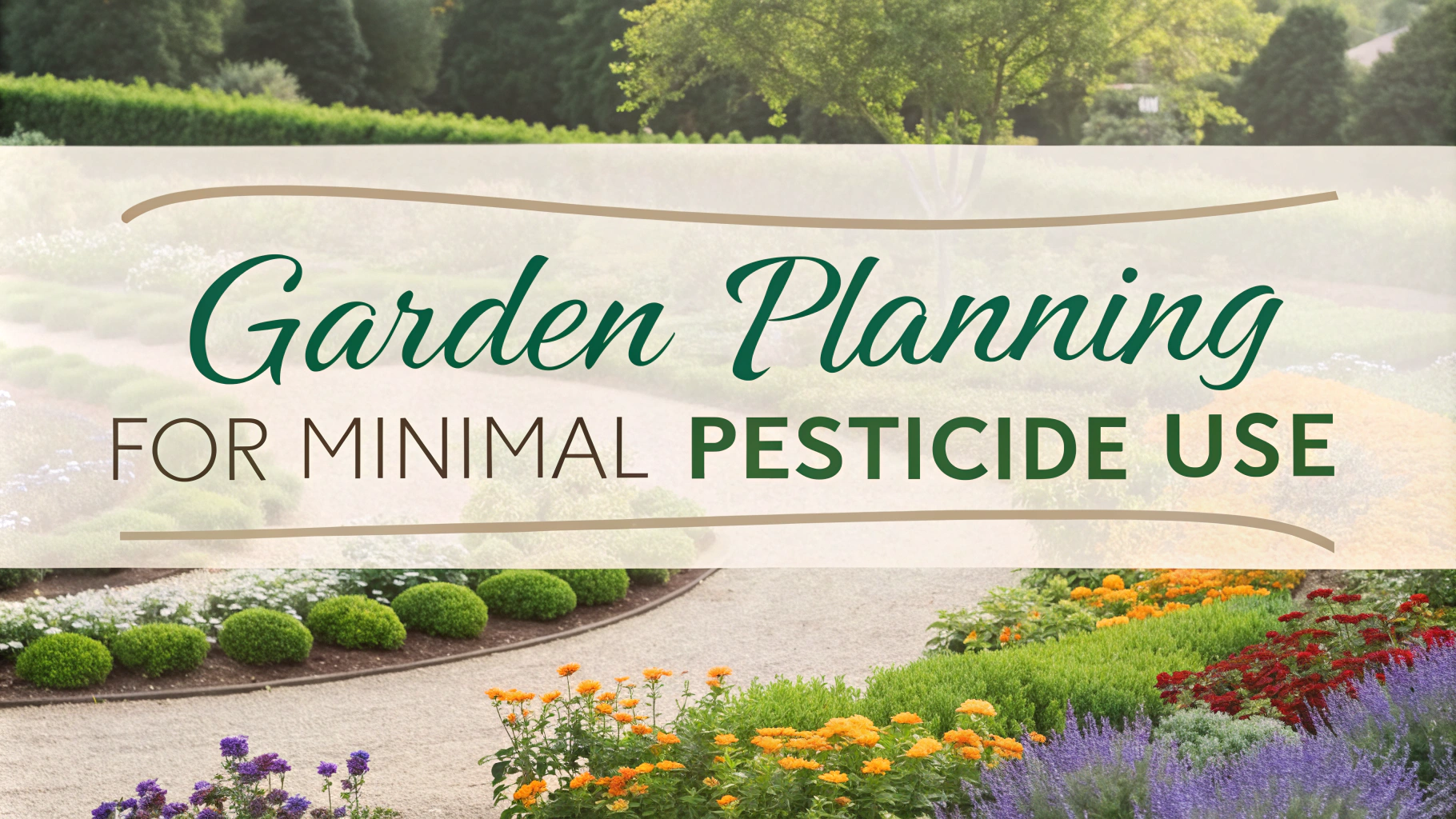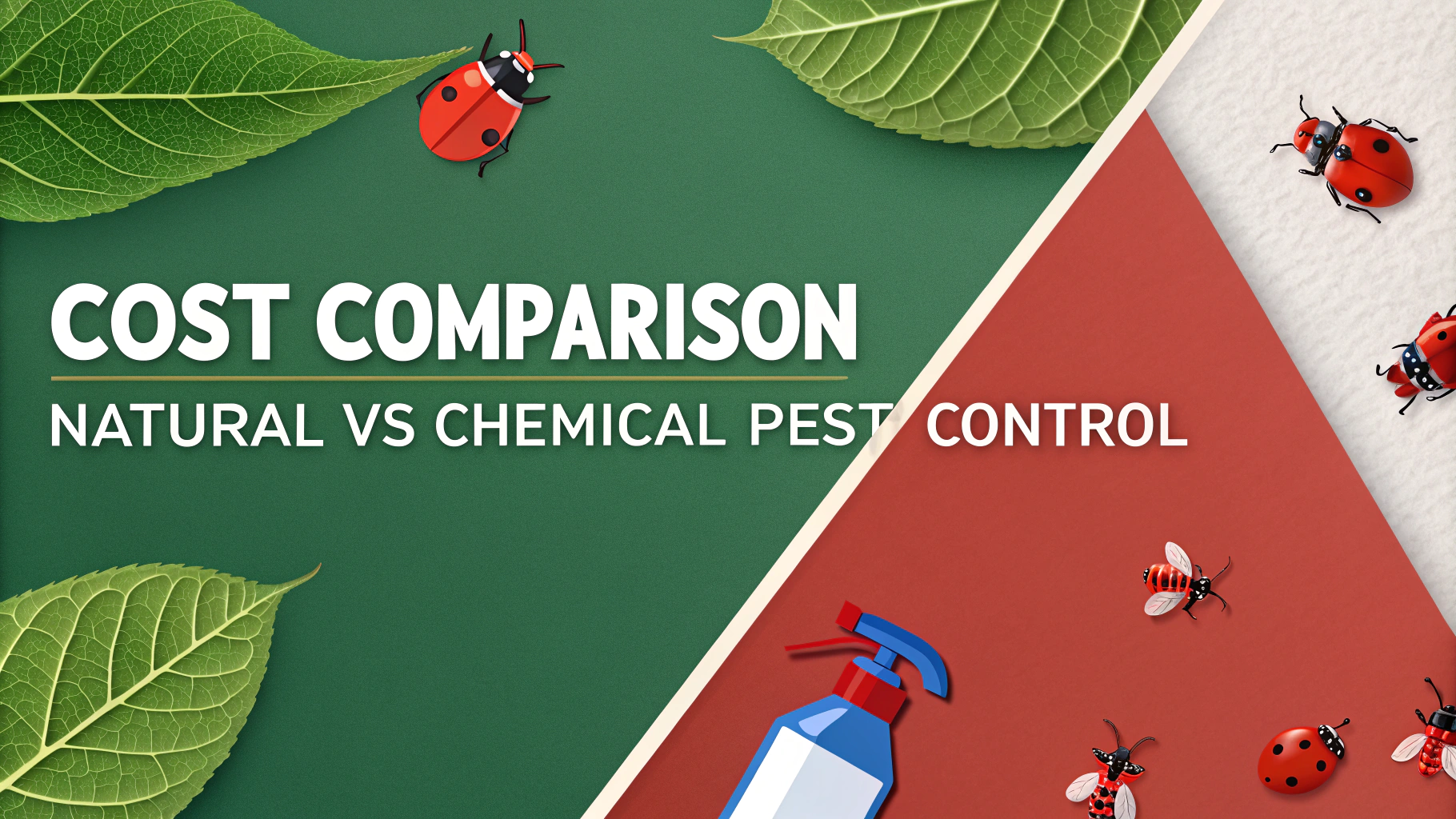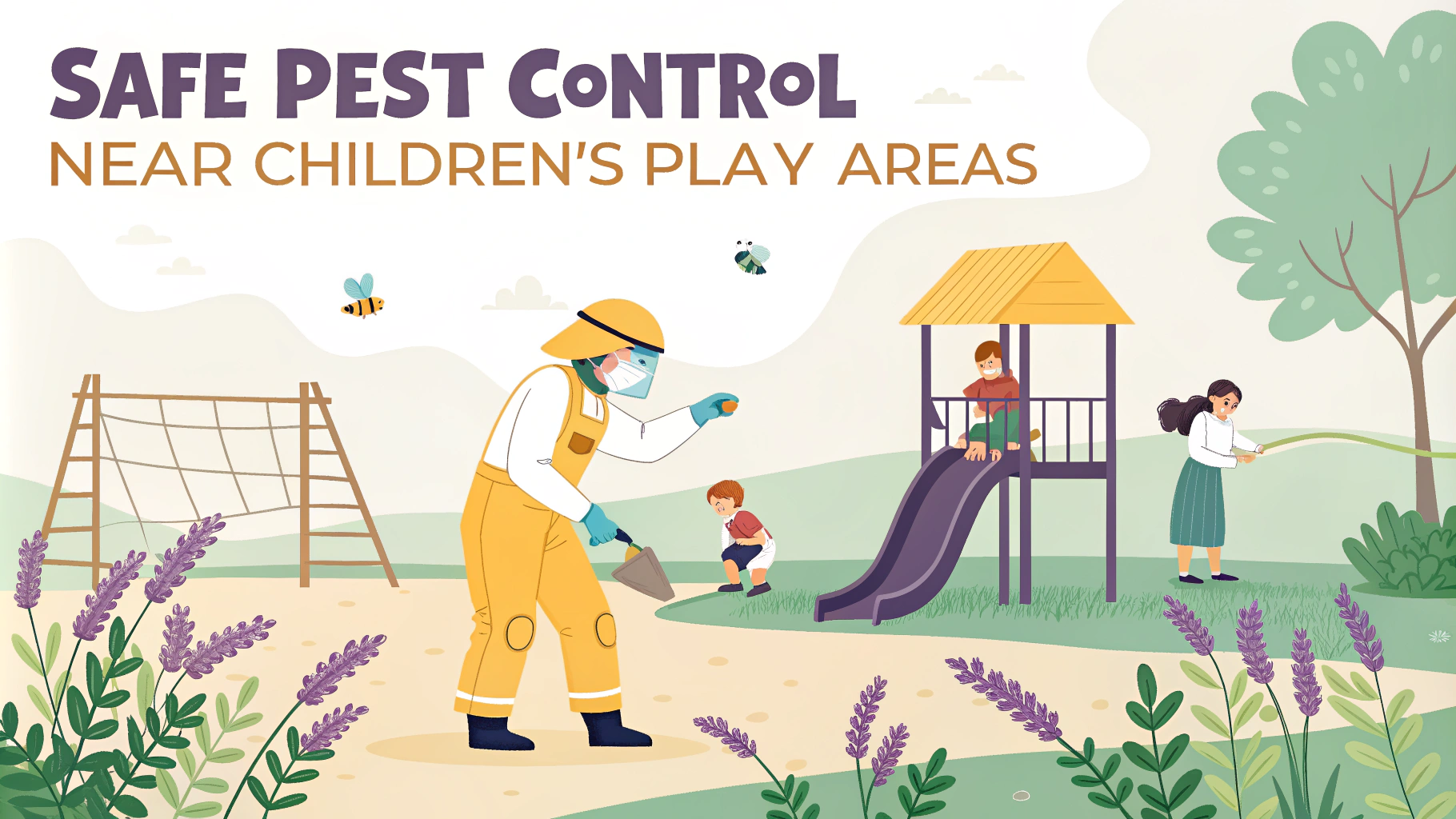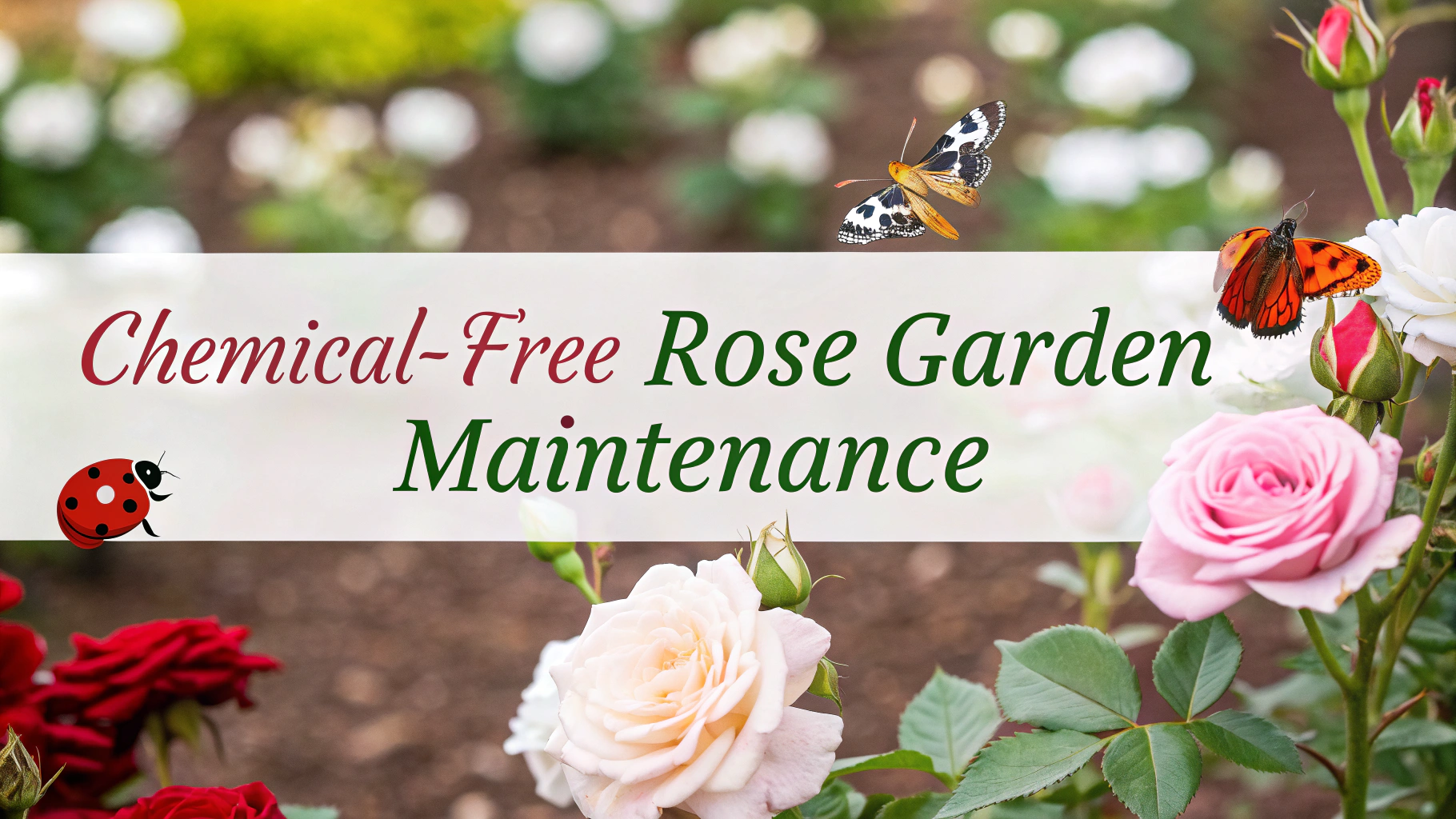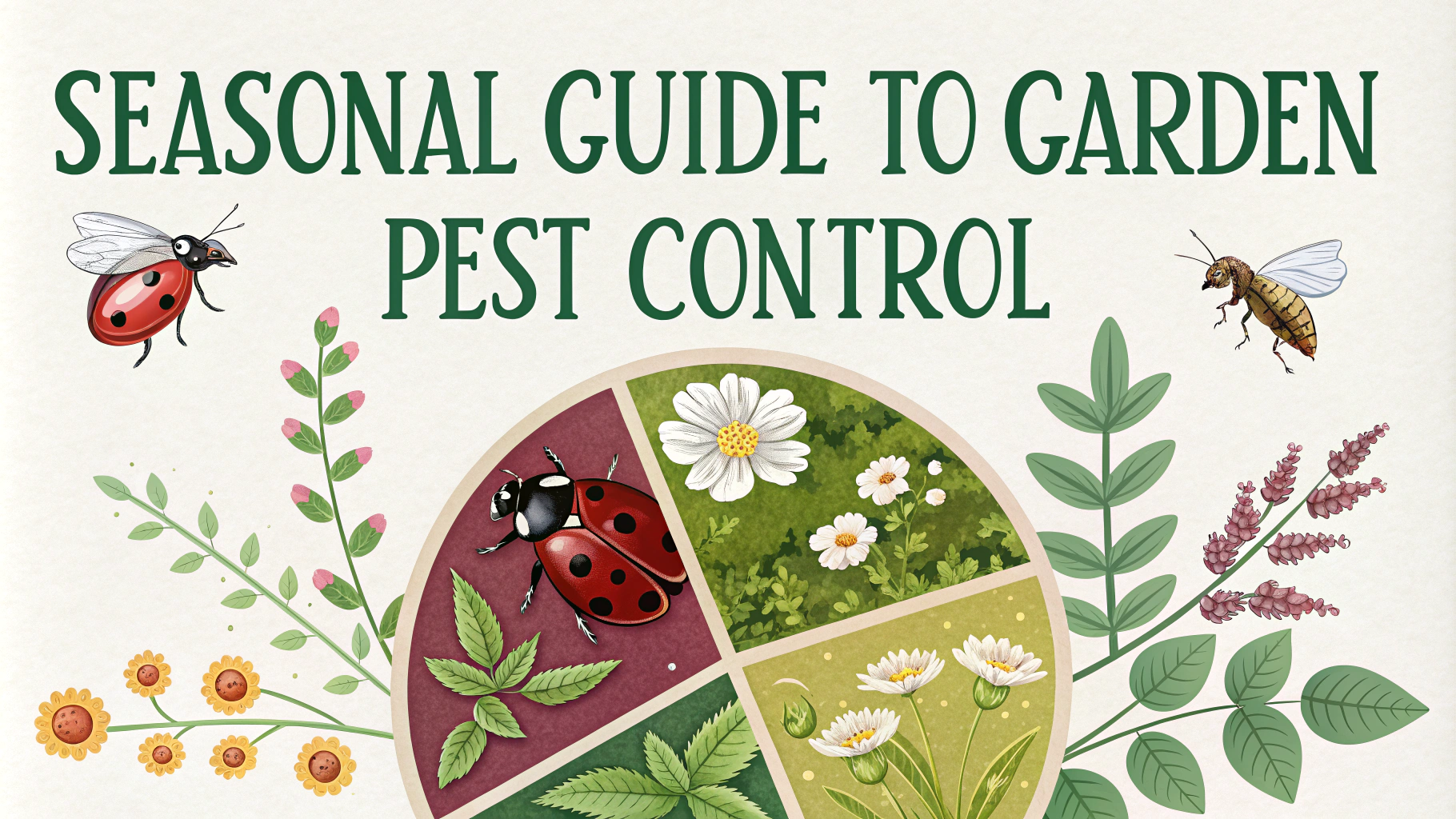Slugs and snails can wreak havoc in gardens, but natural control methods offer safe, effective solutions without harmful chemicals.
Natural barriers like copper tape, eggshells, or diatomaceous earth create protective boundaries around plants that slugs and snails won’t cross.
Physical Barriers
- Copper tape: Creates a mild electric shock when slugs touch it
- Crushed eggshells: Sharp edges deter slug movement
- Diatomaceous earth: Damages slug bodies on contact
- Coffee grounds: Acts as both barrier and repellent
- Sand or gravel: Creates uncomfortable surfaces for slugs
Natural Predators
Encourage natural predators in your garden to maintain slug populations:
- Ground beetles
- Hedgehogs
- Birds (especially thrushes)
- Toads and frogs
- Slow worms
Garden Management Tips
- Water plants in the morning instead of evening
- Remove hiding spots like logs and dense ground cover
- Hand-pick slugs at night using a flashlight
- Create beer traps by burying containers at soil level
- Maintain proper plant spacing for airflow
Natural Repellents
Try these organic deterrents:
- Garlic spray (crush garlic in water)
- Seaweed mulch
- Wood ash
- Rosemary or lavender essential oils
- Citrus rinds (also act as traps)
Companion Planting
Plant these slug-resistant species near vulnerable plants:
- Rosemary
- Sage
- Fennel
- Astrantia
- Geraniums
| Method | Effectiveness | Maintenance |
|---|---|---|
| Copper Tape | High | Replace annually |
| Beer Traps | Medium | Empty weekly |
| Natural Predators | High | Self-maintaining |
Monitor your garden regularly to catch slug problems early and adjust your control methods as needed.
Remember to reapply natural deterrents after heavy rain.
For severe infestations, combine multiple control methods for the best results.
Plant Selection Strategies
Choose plants naturally resistant to slug damage to reduce control efforts:
- Plants with fuzzy leaves
- Thick-leaved succulents
- Strongly aromatic herbs
- Plants with tough stems
- Mediterranean species
Timing Considerations
Seasonal Controls
- Apply barriers in early spring before slug activity peaks
- Monitor during wet periods when slugs are most active
- Install predator habitats in autumn for winter protection
- Reduce watering during peak slug seasons
Prevention Methods
Implement these preventive measures to reduce slug populations:
- Maintain clean garden borders
- Remove debris and fallen leaves promptly
- Keep grass trimmed around garden edges
- Create dry zones between plants
- Raise vulnerable seedlings indoors
Conclusion
Natural slug control requires a combination of methods and consistent monitoring. By implementing multiple strategies and maintaining good garden hygiene, you can effectively manage slug populations without resorting to chemical solutions. Regular assessment and adjustment of control methods ensures long-term success in protecting your garden.
| Season | Primary Control Focus |
|---|---|
| Spring | Barrier installation |
| Summer | Regular monitoring |
| Fall | Habitat management |
Remember to adapt these methods to your specific garden conditions and slug pressure levels. Success in natural slug control comes from persistence and careful observation of what works best in your garden environment.
FAQs
- What are the most effective natural barriers to keep slugs and snails away from plants?
Copper tape/mesh, crushed eggshells, diatomaceous earth, coffee grounds, and coarse sand or gravel create effective barriers that slugs and snails avoid crossing. - How does beer trapping work, and is it really effective?
Beer traps work by attracting slugs with the fermented yeast scent. Bury a container level with the soil, fill it halfway with beer, and slugs will fall in. Empty and refill every few days for continued effectiveness. - Which plants naturally repel slugs and snails?
Aromatic herbs like lavender, rosemary, sage, and plants with fuzzy leaves like lamb’s ear naturally repel slugs and snails. Other deterrent plants include wormwood, rue, fennel, and astrantia. - How effective is handpicking slugs and snails?
Handpicking is highly effective when done consistently, especially at night when they’re most active. Use a flashlight and remove them either early morning or evening, disposing of them in a bucket of salty water. - Can nematodes really control slug populations?
Yes, specific nematode species like Phasmarhabditis hermaphrodita are natural parasites of slugs and can reduce populations significantly when soil conditions are moist and temperature is above 5°C (41°F). - What role do ducks and other natural predators play in slug control?
Ducks, particularly Indian Runner ducks, are excellent slug controllers, along with birds, toads, hedgehogs, and ground beetles. Encouraging these natural predators provides ongoing slug control. - How can I make my garden naturally less attractive to slugs and snails?
Remove hiding places like rocks and boards, water plants in the morning, maintain dry mulch, and keep garden debris clear. Create an open, less humid environment that’s inhospitable to slugs and snails. - Is salt an effective and safe control method?
While salt kills slugs and snails on contact, it’s not recommended as it can damage soil quality, harm plants, and create inhospitable growing conditions. It should be avoided as a control method in garden areas. - How effective are rough surfaces like oyster shells and pine needles?
These materials create uncomfortable surfaces for slugs and snails to cross. While not 100% effective, a thick barrier of sharp, rough materials like pine needles, crushed oyster shells, or holly leaves can significantly reduce pest access to plants. - What time of year should I start implementing natural slug control methods?
Begin control methods in early spring before slug populations explode. Continue throughout the growing season, with extra vigilance during wet periods and when young plants are most vulnerable.
